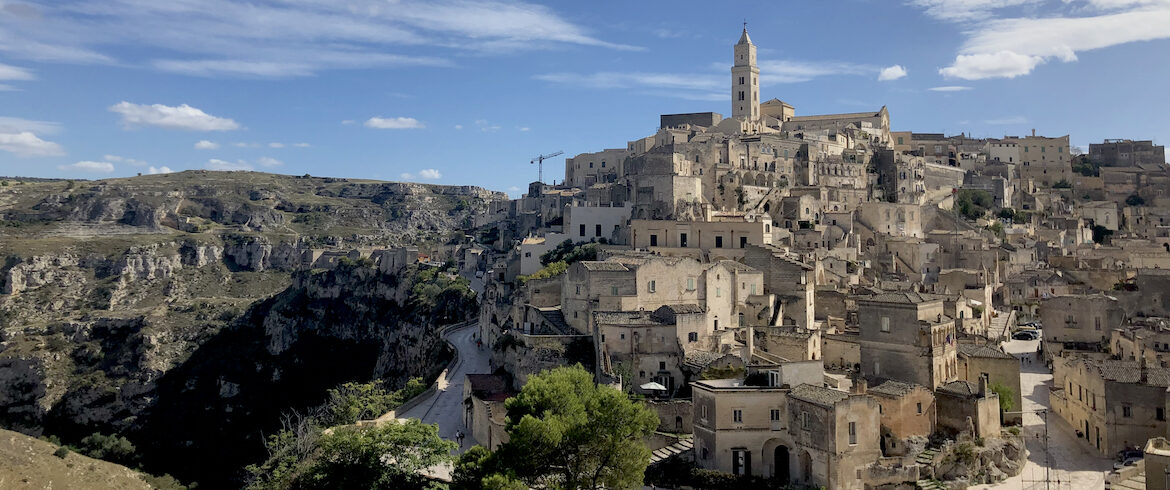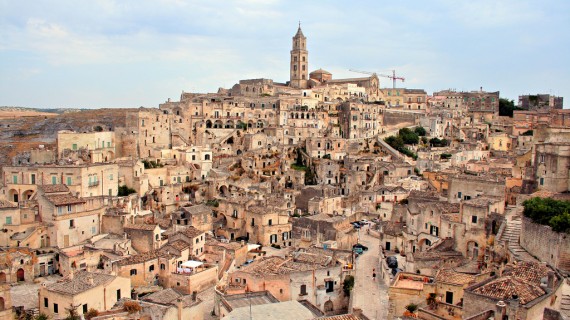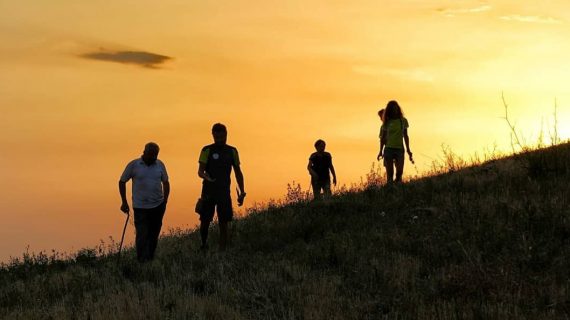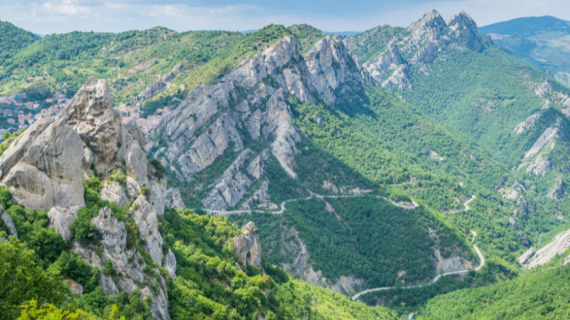We had already understood how beautiful Basilicata was, but we could not imagine how magical, unique, and wonderful Matera could be. After taking us to some of the most beautiful villages in Basilicata, the blog tour organized by Martulli Viaggi, with Francesca Milione, led us to the most important jewel in the region. Are you ready?
The Sassi of Matera, a heritage of history and beauty
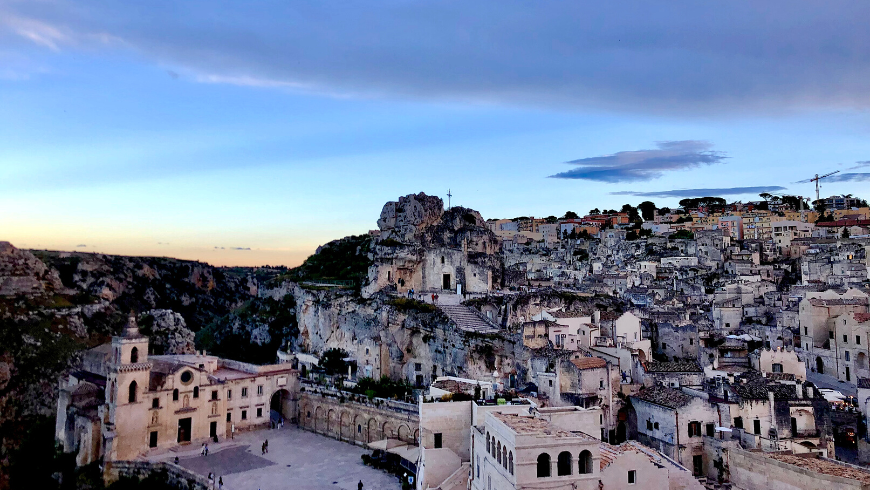
Matera is surrounded by a natural landscape that almost seems to embrace it. The city’s most ancient part is the Sassi, declared Unesco Heritage in 1993. These are the districts of Sasso Barisano, Sasso Caveoso, and Civita. Together they form a tangle of stairways and breathtaking streets. Getting lost is equivalent to immersing yourself in a millenary history, which appears here in all its touching beauty.
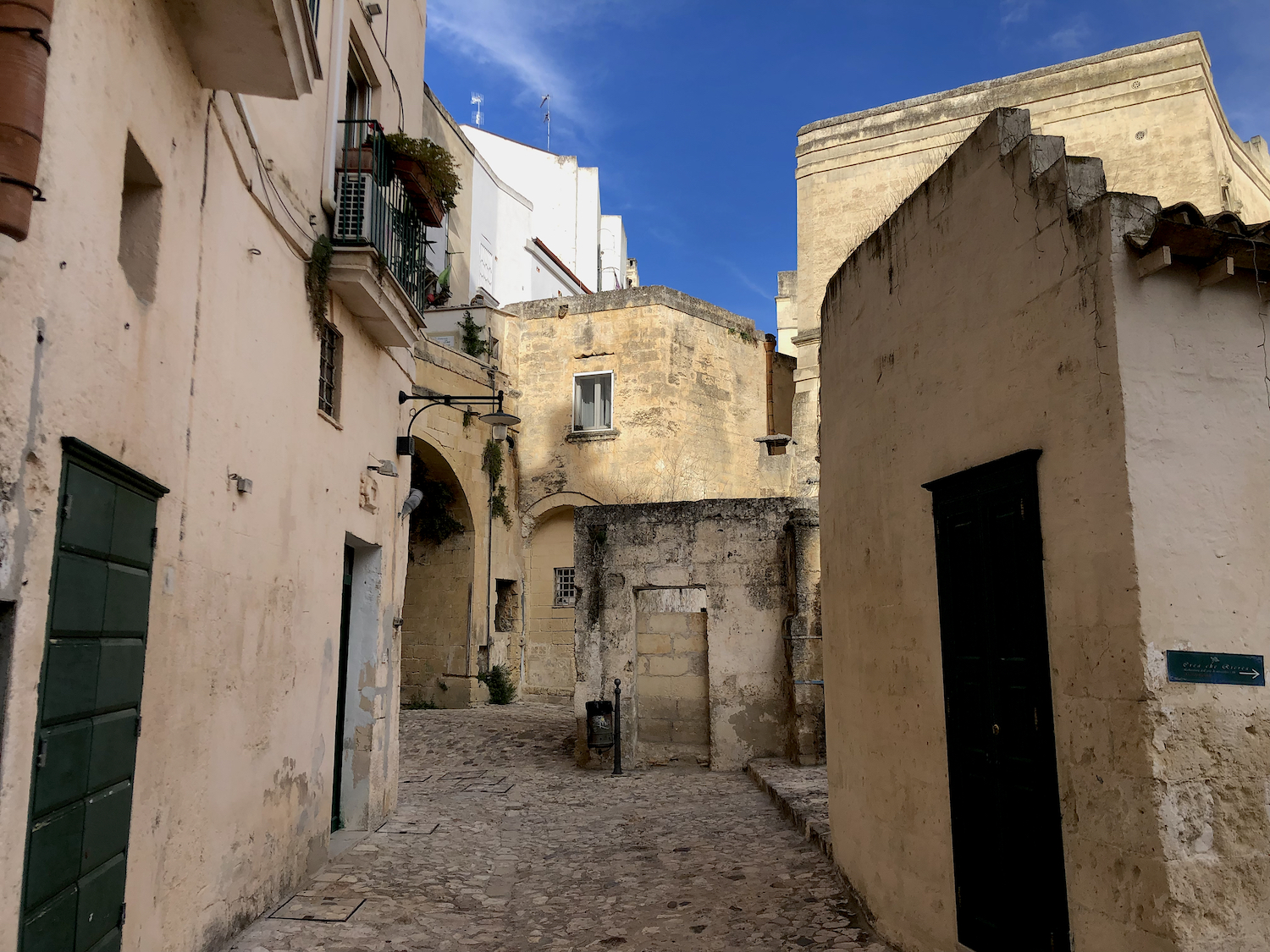
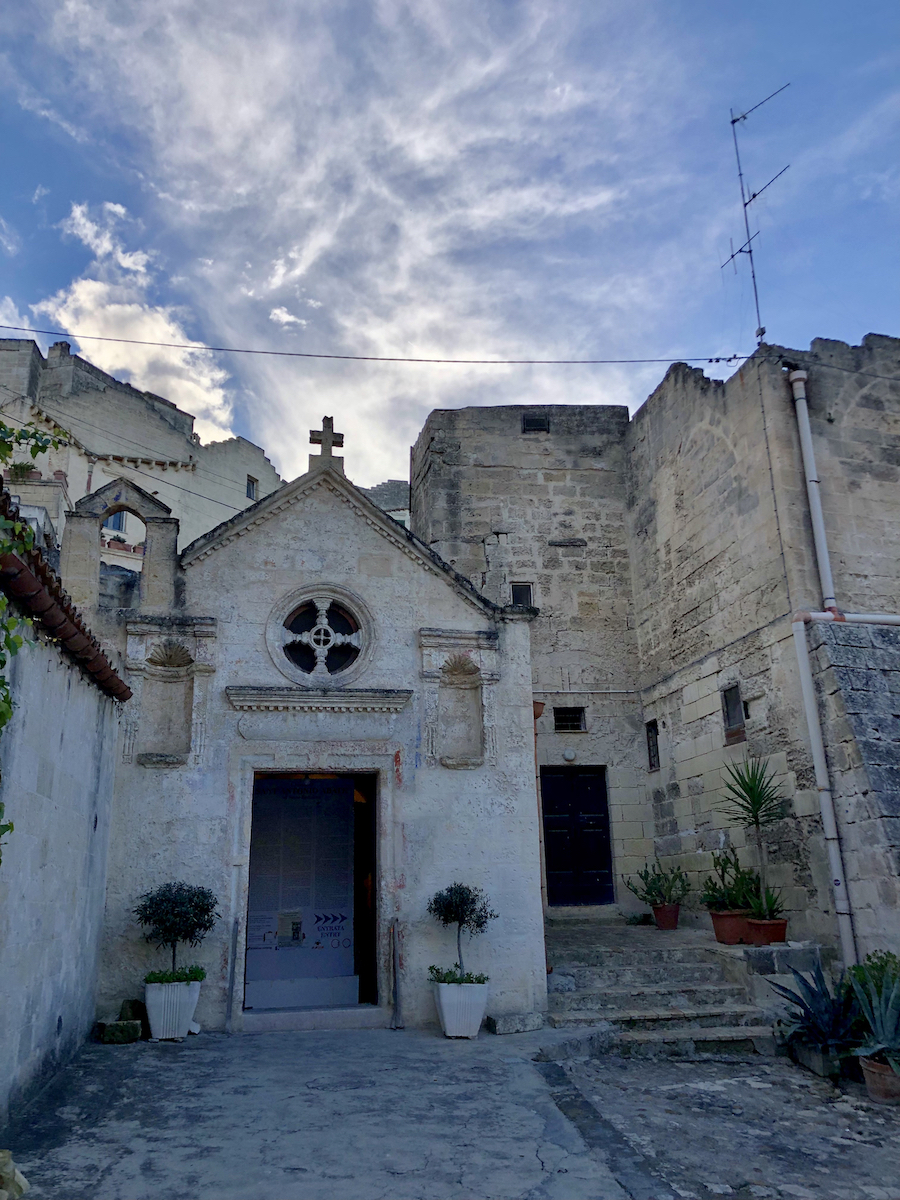
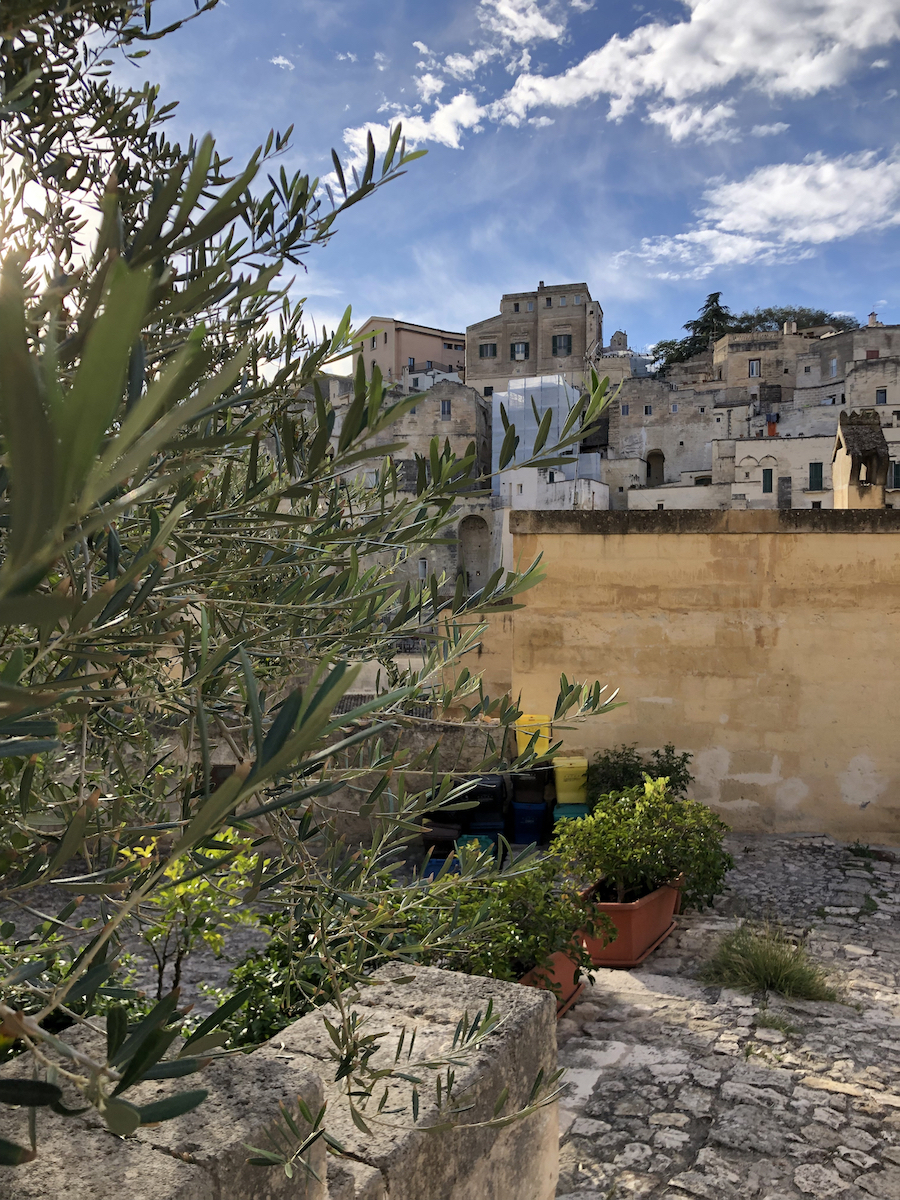
Over the course of 10 thousand years, houses, cisterns, and churches have been carved directly into the rock, representing an incredible example of negative architecture. Here people didn’t add any material, but on the contrary they removed it by digging the limestone, thus creating underground environments. Over time the city has managed to maintain its identity. Today, after overcoming great difficulties, the region continues to redevelop and recover this jewel sustainably. The result is something truly unique that has always inspired travelers, writers, and filmmakers.
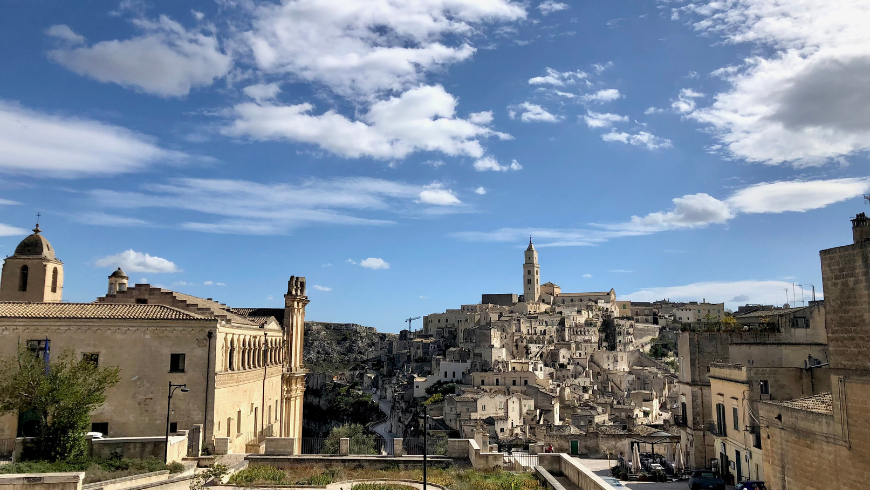
We walk in this mosaic of caves overlapping each other, and we are overwhelmed by the beauty. We retrace the places chosen for films such as The Passion of the Christ and The Gospel According to St. Matthew, and we are forever enraptured by the unique charm of this city. Then we find out how people once lived in cave houses. We see the stratification of history through the most ancient testimonies that leave room for Romanesque churches. We are lucky to meet Pasquale, who continues to make terracotta pots in an artisanal way. Inside a small rock church, we listen to a popular song accompanied by the Cupa Cupa, an instrument made up of a container and a long and thin reed.

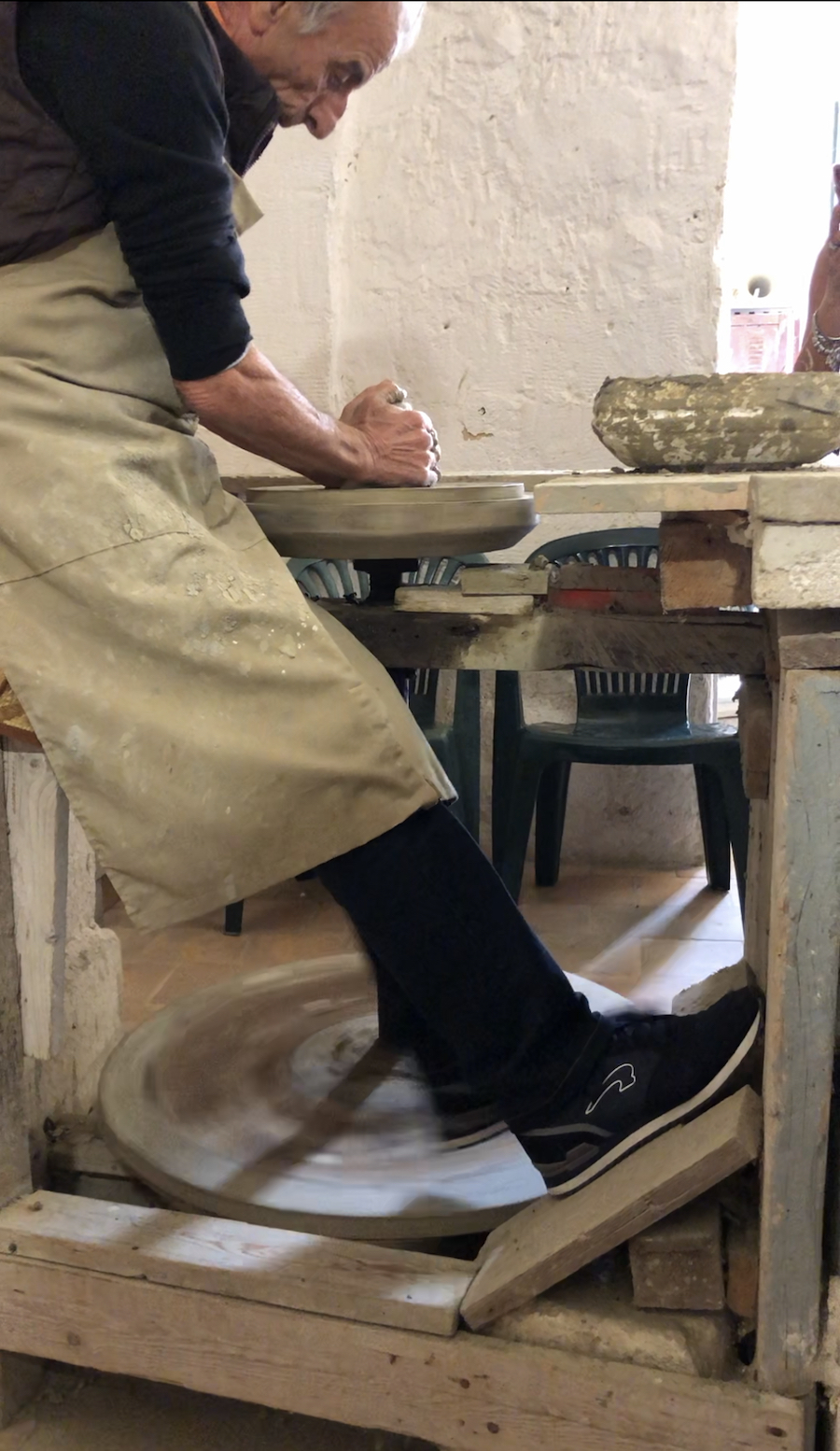
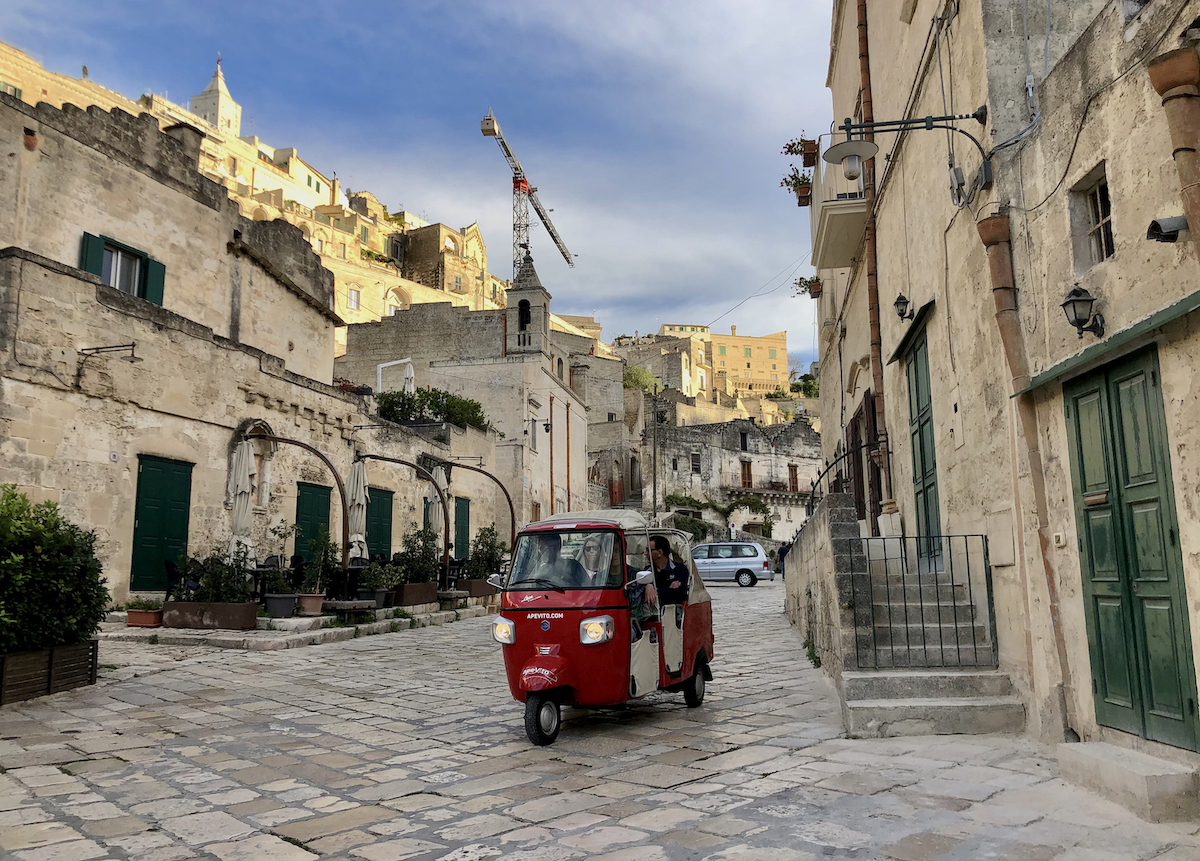
After sunset, the city becomes even more suggestive. The day can only end by admiring the city from one of the many panoramic points.
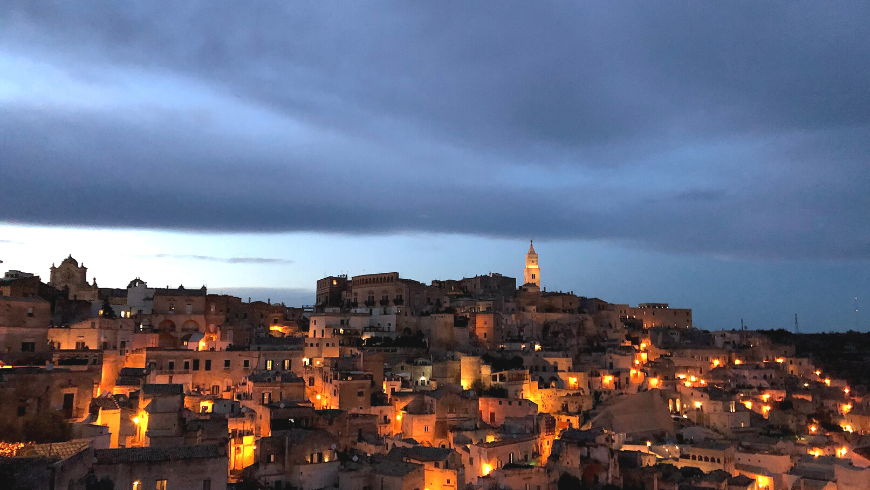
Matera also means bread
Matera is one of the oldest cities in the world, as is its bread, an essential symbol. We discover its history and some curiosities inside Il Forno di Gennaro bakery, open since 1890.
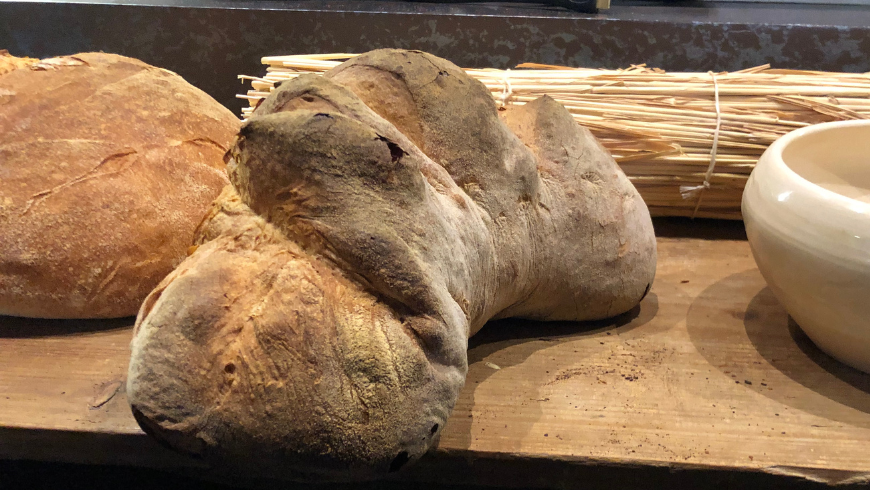
Bread in Matera represented not only the most important daily food but a ritual of the entire community. Once a week, the women of each family used to make bread at home. In the early morning, a boy passed by the houses to collect the dough and the housewives accompanied him to the public oven. Here the baker baked the bread and then delivered it to families. To prevent confusing the loaves, he then proceeded to mark them with a wooden stamp that each family owned.

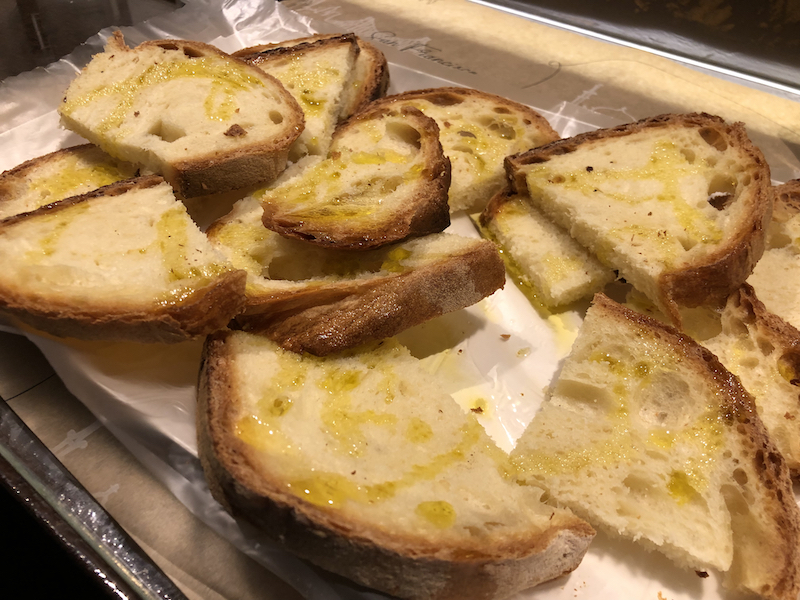
One of the characteristics that make Matera bread unique is its shape, which resembles a croissant. The loaves prepared by the housewives were between two and five kilos, but the bakers needed to bake as much bread as possible at a time. Here then is that the bread of Matera develops in height, assuming this particular shape. People added then the ritual of the three cuts: a gesture of devotion that represents the Holy Trinity and the desire to thank God for this important food. But if you look closely at the Matera bread you will notice that it remembers something. The inhabitants of this place so tied to their territory like to tell that the shape evokes the much loved barren shapes of the Murgia Materana. It’s definitely true. Chance or will?
From the stones to the Murgia: trekking through canyons and enchanted views
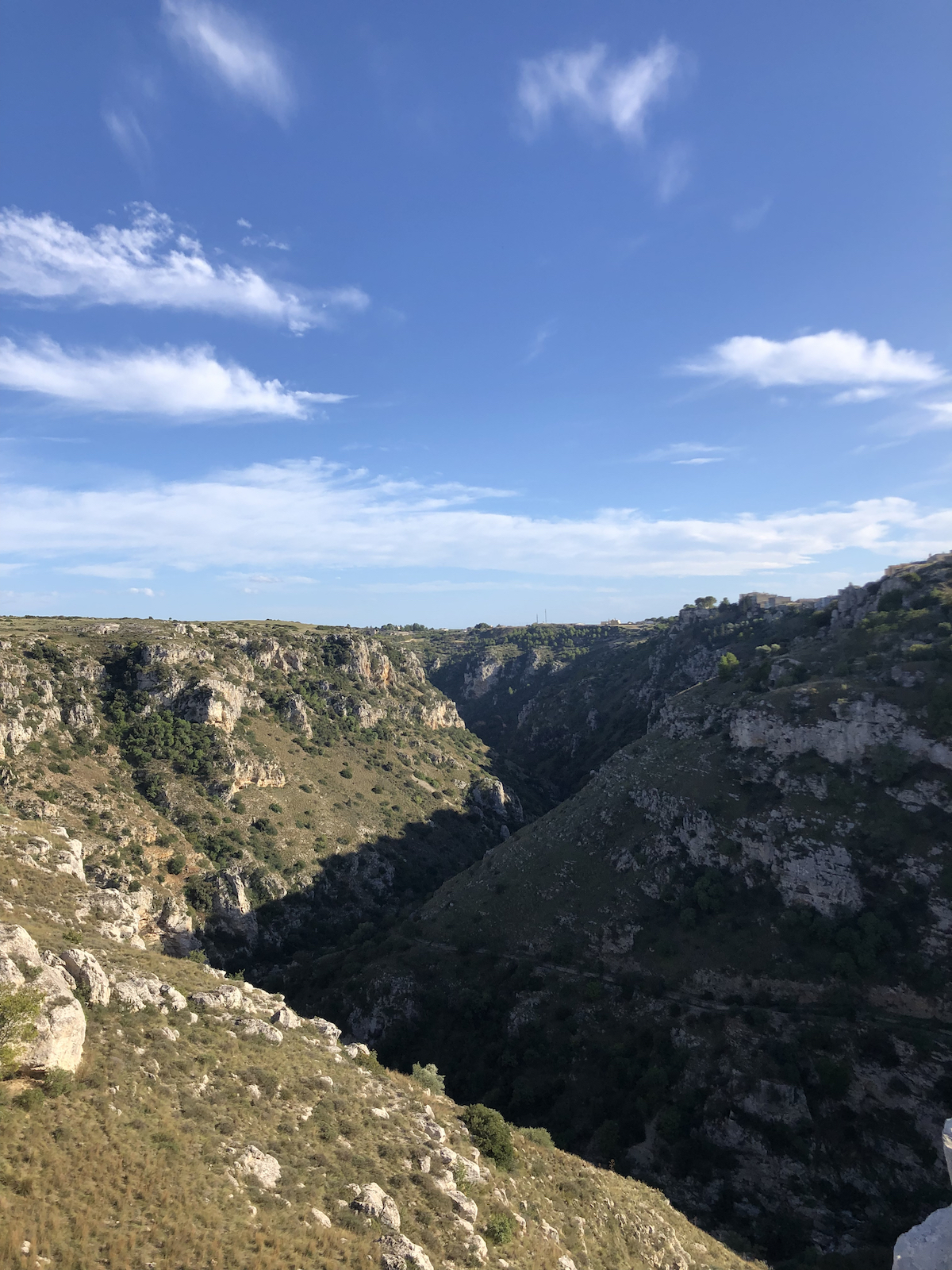
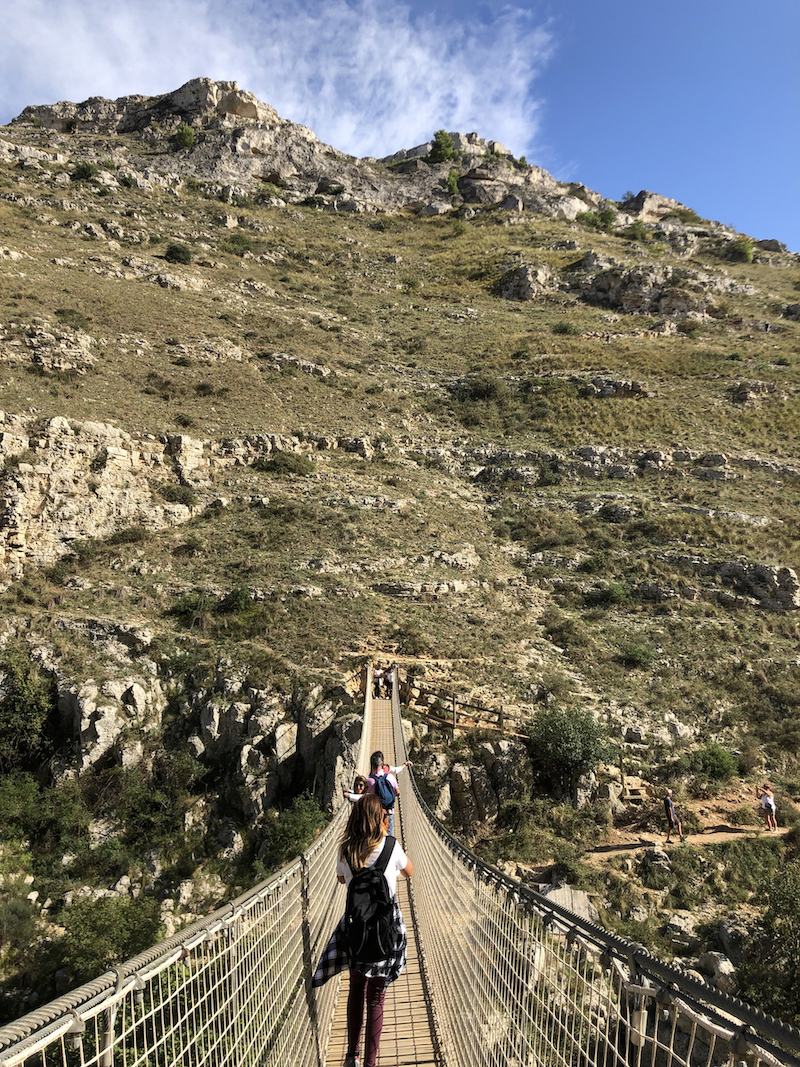

Matera fits in perfect harmony with the surrounding environment. The Sassi are carved on the rocks of the ravine and are reflected with the Murgia Materana, forming a truly fascinating urban ecosystem. The two environments, the city and the Murgia Park, are connected by a wonderful path. It’s a mandatory adventure for those who want to fully experience this territory!
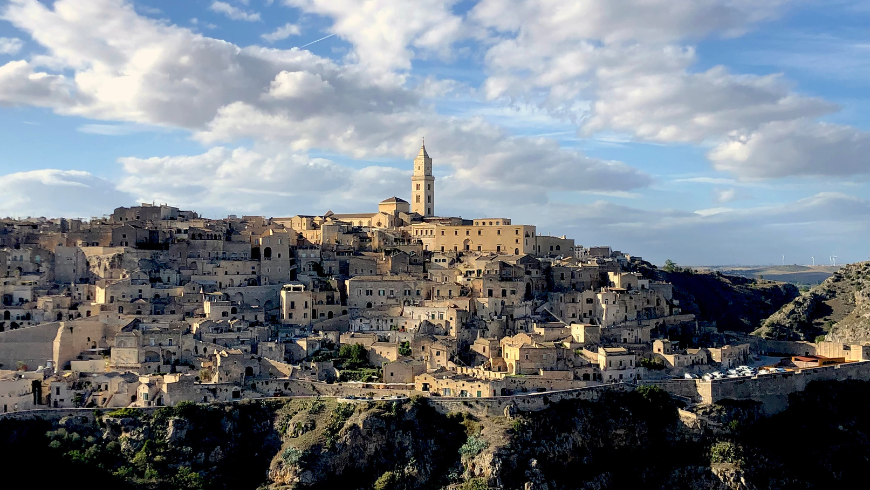
The route starts from the city, at Porta Pistola. From here we go down to the bottom of the canyon and towards the stream. We walk surrounded by wild thyme until we reach a wooden bridge that allows us to reach the other side. Once we reach it, you begin the climb toward the caves and towards the belvedere. Even if you arrive tired, as soon as you see the view you will forget all about it. Seeing Matera from the Murgia is truly a unique sight that is worth anything!

To tackle this path I recommend comfortable clothing and hiking shoes to avoid slipping in the bumpiest sections. In summer, a hat and sunscreen are a must, in fact there is no stretch in the shade.
A stop to discover the Amaro Lucano
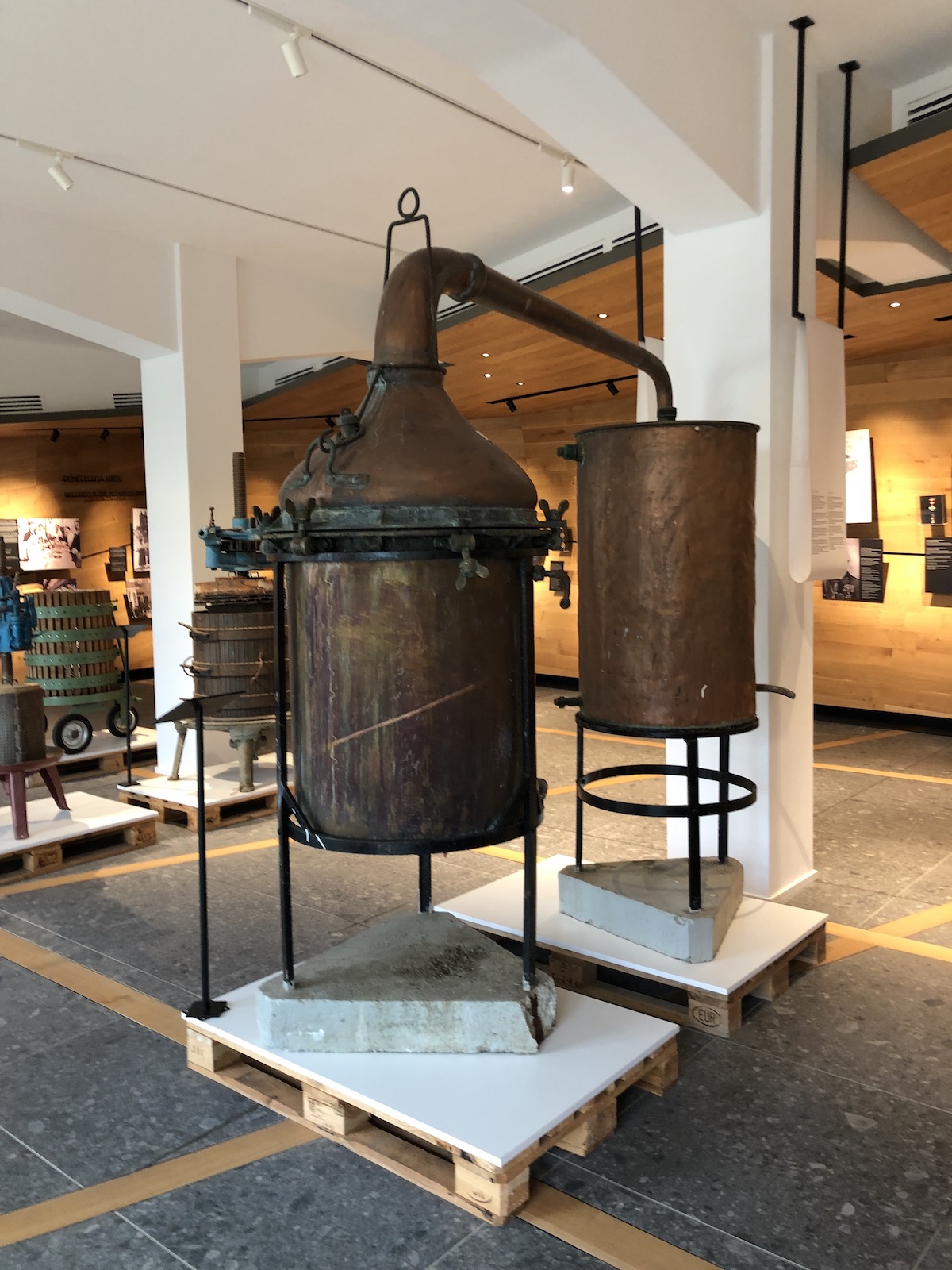

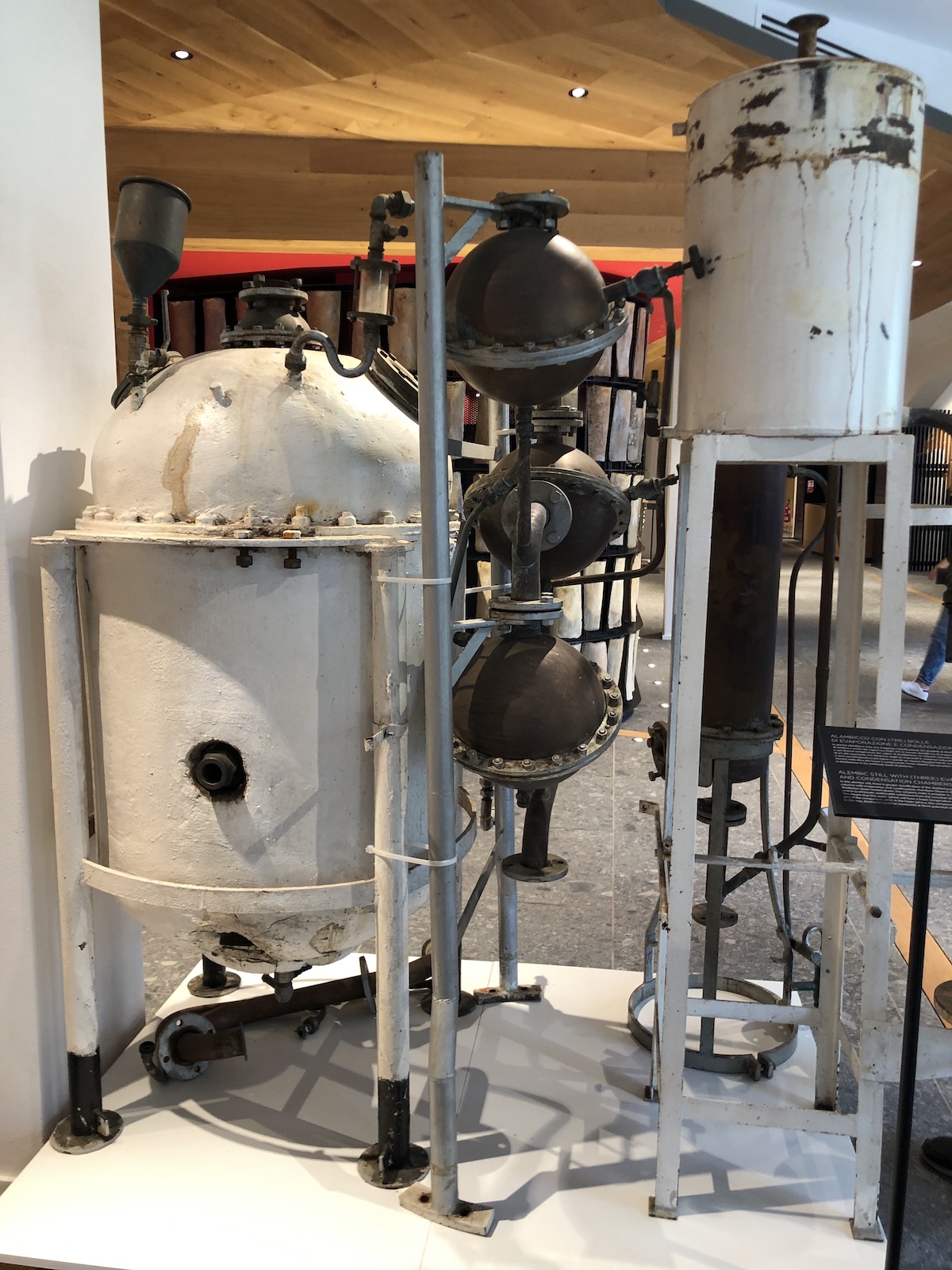
During our blog tour in Matera, we also made a short detour to Pisticci, the village where the historic Amaro Lucano company is based. Here we have discovered some more details about this excellent Basilicata product, now known all over the world, and we also had the opportunity to taste an excellent Lucanian spritz! The company, which after 128 years is still family-run, is carrying out an important project through which it will return to a 100% local product, using exclusively herbs and ingredients grown in Basilicata. The museum housed within the recently renovated company is definitely worth a visit!
Where to sleep in Matera
During our days in Matera, we were guests of Tenuta Danesi. It is a farm surrounded by greenery a few kilometers from the city. Here we were greeted by Michele and cuddled by the chef with fantastic culinary delicacies. Unforgettable the dinner with fish specialties that met the most typical Lucanian flavors. If you are looking for a B&B in the Sassi or something different, here you will find all the other eco-sustainable accommodations!
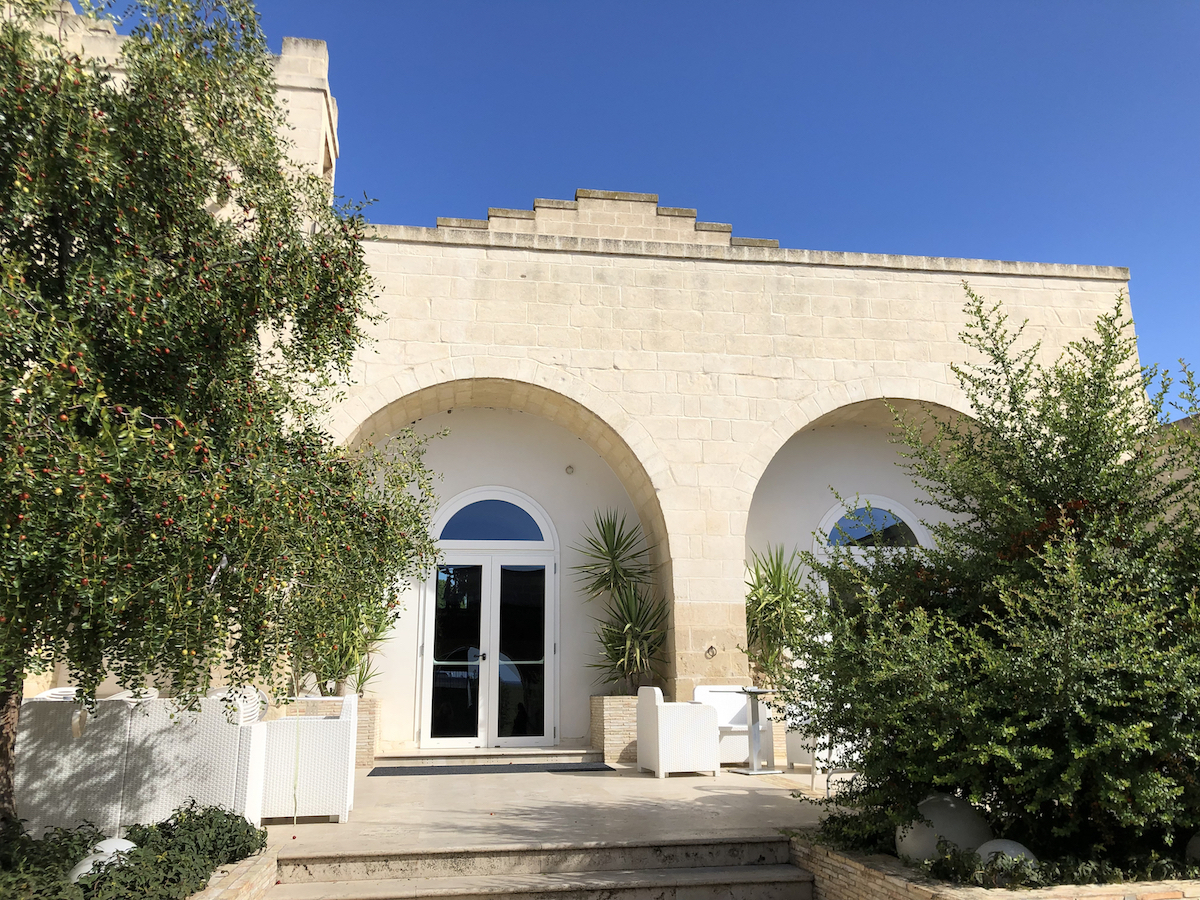
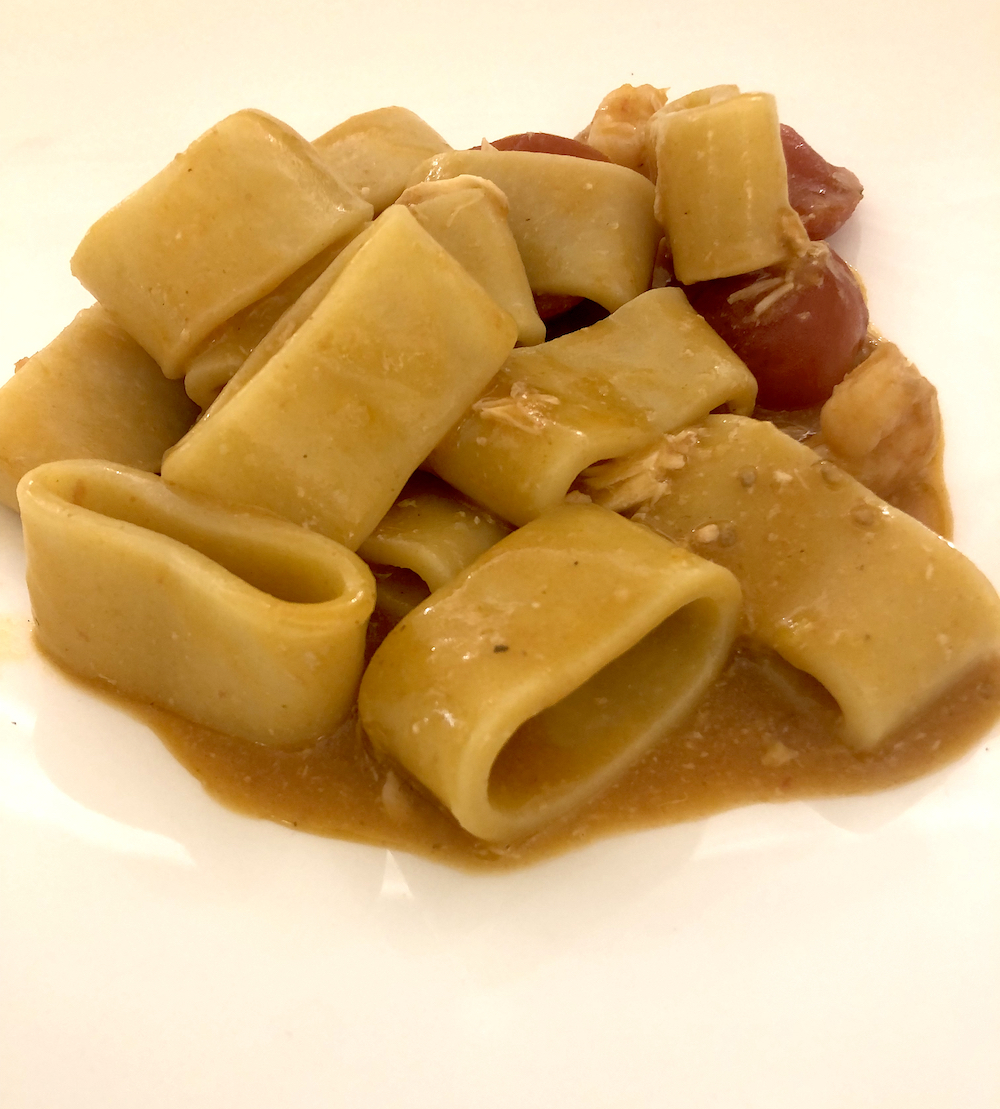
This blog tour in Basilicata and Matera was truly an unforgettable experience that allowed us to discover the most authentic sides of the territory, getting in touch with nature, traditions, and special people.
